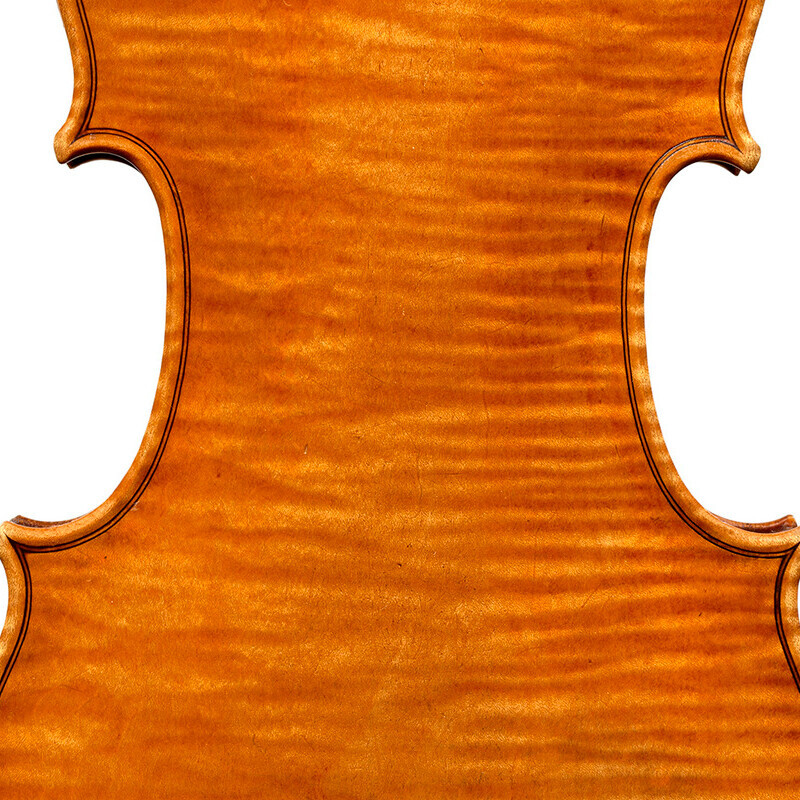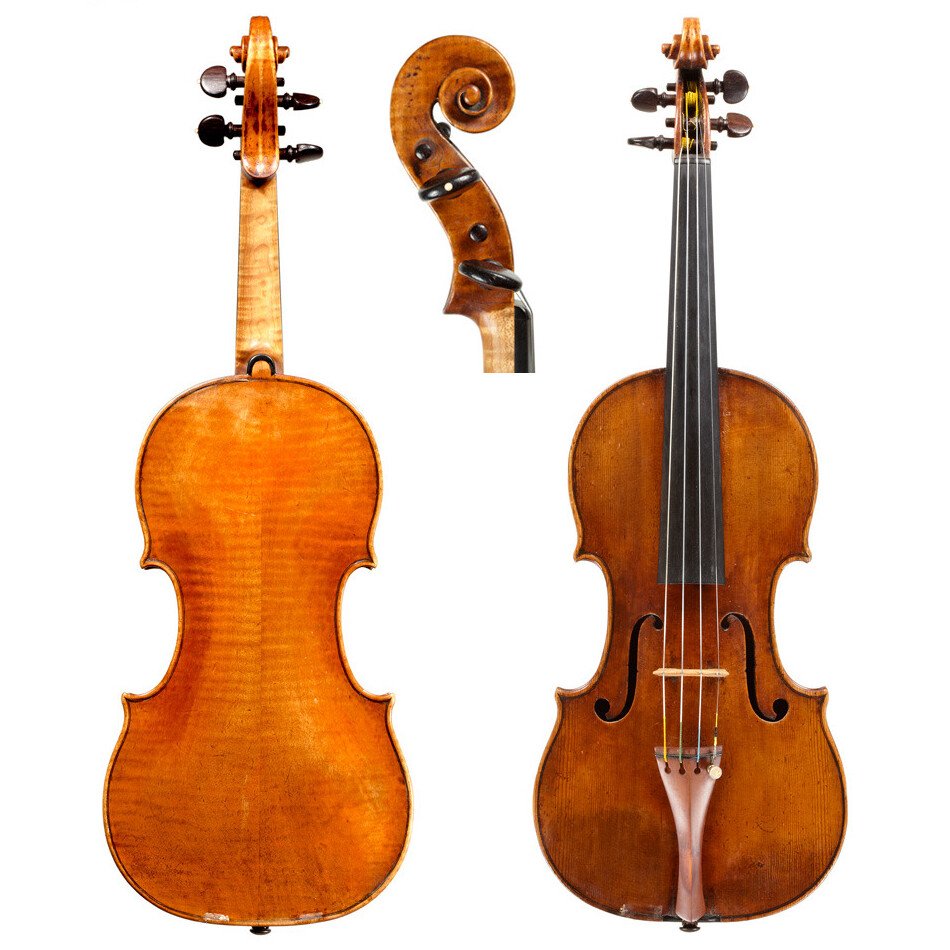An afternoon at Tarisio
This post originally appeared on the ‘fiddlefish.com’ blog. It’s here for archival purposes only.
Yesterday, I had the pleasure of spending a couple of hours with some very fine Cremonese instruments, a J.B. Vuillaume, and a C. Testore. Five violins in total. But not to be outdone, I also had the pleasure of trying out a Tubbs and an incredible tortoise-shell ’Grand’ Adam bow.
Obviously, the star of the lot would have to be the 1697 ’Molitor’ Strad. It had a stunning, highly flamed, single piece back. Playing it, I had some typical problems with it right away; being unfamiliar with how much bow speed/pressure needed to side-step Strad’s precarious step-on-a-goose honks. But after a spell of experimenting, I seemed to have figured it out. It was, of course, responsive as a sports-car, and really loud for a Strad. Boom! All in all, however, she was more interesting to look at than to play. It had a really minature scroll, and comparing it to the Vuillaume Strad copy sitting on the couch next to me, I would say that Vuillaume had done better wood-work relative to this (particular) early Strad.

The Molitor’s condition was not to be contested. Prestine. Absolutely breathtaking. There was one really disapointing vanadelism on it: some school administrator shit-head over at the Curtis institute decided there could be no better way to validate the Strad as theirs (when they had it), than to burn a ’Curtis Phila’ tramp-stamp on the bottom of it above the button! Perhaps every owner of it should have done that — in 300 more years it can start to resemble a highway underpass, or the bumper of a democrat’s Hyundai Pony. Way to go Curtis!

A Nicolo Amati violin is also in Tarisio’s October’s auction. I was moved as soon as I picked it up. I grew up playing on one, and lo, even thought it has been a while since I parted with mine, they were indeed related. The Amati was considerably much harder to play than the Strad. Although it had an even and focuesed sound, it just didn’t have that ’ease’ of playability. But it certainly had a color that makes something this special a joy and an inspiration to figure out. It was really nice to see a familiar face.
The most complex of the Cremonese violins was the little (perhaps a 7/8ths sized) Francesco Ruggieri I picked up next. It was as light as my bow, and my shoulder rest was too large to use on it. I believe the string-length to the bridge was standard, as all my notes were aligned correctly, so it was just the body size that was smaller. It had the moodiest G string and it by far had something none of the other fiddles had. A real molasses of a sound. There was a portrait of Kreisler on the wall, and I ran through Andantino trying best to emulate the Master’s sound.
Tarisio also had several Carlo Testore violins. I have played on several now, and they are quite unique in character. For a second-tier maker, there really is nothing I prefer more. Incredibly unique. They have an extremly even sound, have the crispness of a Strad, but there is something of a crackle that makes them penetrate the ear so nicely — as if they were a bowed harpsichord. I could not believe that Tarisio litterally had ’a handful’ of Testores to choose from. I have been drooling over the few I know to be out there for a good while now, and here, in a small room, there were arms-full of them.
Finally, an old standby — a J.B Vuillaume. My friend Cecilia from Spain made the observation that “it is impossible to play out of tune on a Vuillaume” and as I went from concerto to concerto, I remembered her quote, shaking my head all the while: “she is right…”
The Tubbs bow was very a-typical. It was an aggressive stick. Tending to be soft as butter, this was surprising to play on and I liked it quite a bit. I probably should have played on it longer, but I used the Adam bow most that afternoon. Afterall, how often does one pick up a stick of wood that is worth more than a Mercedes Benz? I will be keeping a watchful eye on Tarisio’s Fall auction as it comes and goes this October. It will be interesting to see this massive lot of priceless antiques find new homes. It’s hard to believe that so many people have so much to sell. I am assuming that things are tight for a record number of fine-instrument owners these days. I am not sure if I am green from not being able to capitalize on this historic opportunity, or relieved that I am not one of the unlucky blokes parting from something so dear.